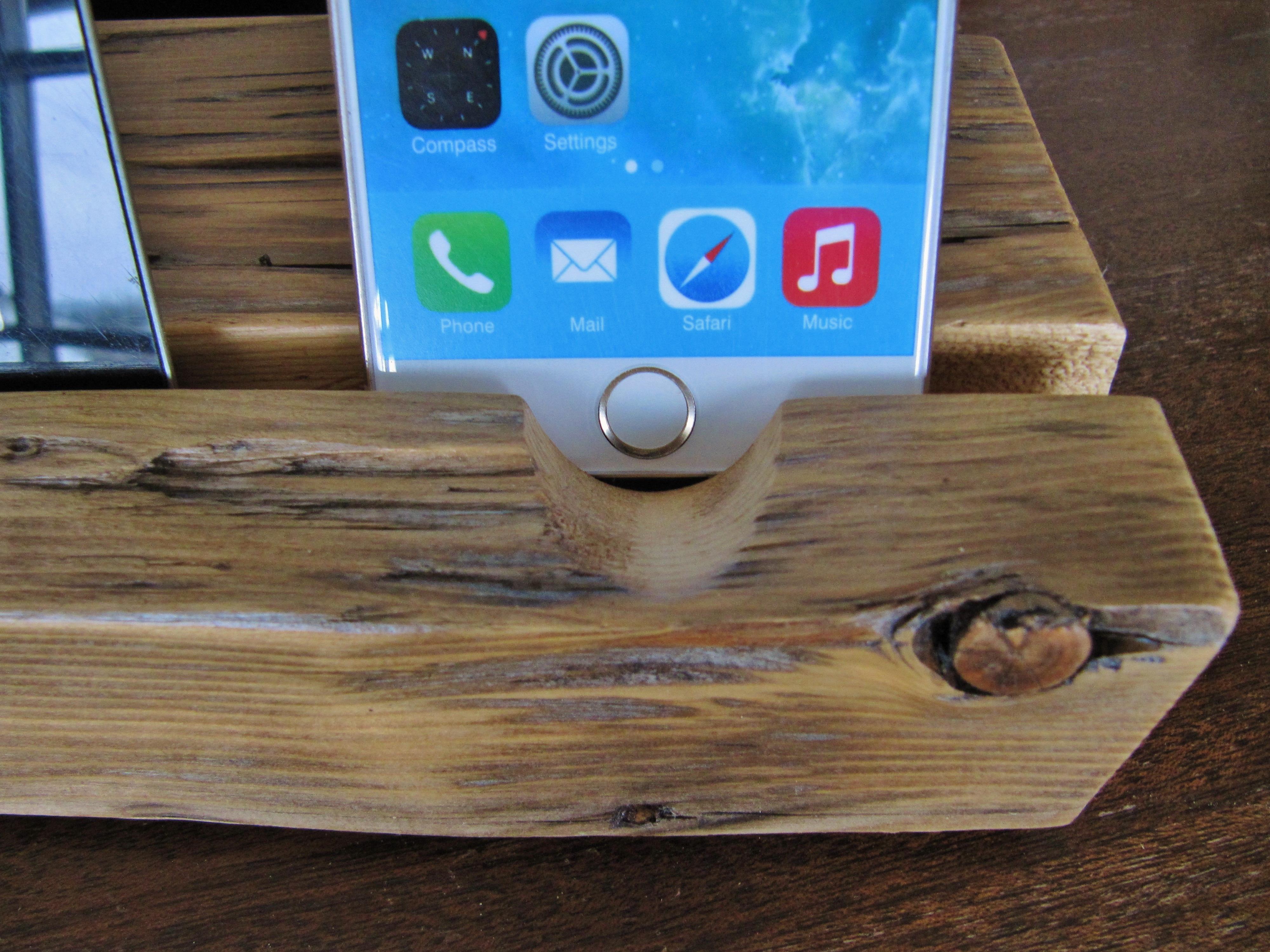
- Moving dock on ipad how to#
- Moving dock on ipad Patch#
- Moving dock on ipad pro#
- Moving dock on ipad Bluetooth#
If you use the Zoom feature on your iPad, this could be the reason you’re not seeing the Dock. If so, tap it to turn off screen orientation lock. Just make sure you haven’t locked your screen’s orientation–swipe on Control Center and see if the icon for orientation is highlighted. So if you’re using your iPad in landscape mode, switch to portrait mode and see if the iPad Dock returns. Some users find that by flipping their iPad to portrait mode or landscape mode brings the iPad Dock back on-screen.
Moving dock on ipad how to#
How to Fix the Disappearing iPad Dock Change Your Screen Orientation
Moving dock on ipad Patch#
While Apple hasn’t acknowledged the issue, it’s likely they are working to patch it in the next software update.
Moving dock on ipad pro#
It can happen on any model from iPad Mini to iPad Pro and seems to be a problem. It’s possible that confusion between playing landscape and portrait videos causes this problem within the iPad. After watching an in-game advert the dock is missing when the user visits the Home screen. Most people experiencing the issue claim that it’s triggered by fullscreen ads in mobile games, such as The Walking Dead: No Man’s Land. These screenshots were taken from Apple Support forums ( Left and Right) What causes it? Rotating the iPad from portrait to landscape mode, or vice-versa may cause the dock to reappear in a strange location either part-way up the display or halfway off the side. When the iPad dock disappears, you’re left with a blank space in its place. It should be available at any time by swiping up from the bottom of the display or by visiting the Home screen. Normally the dock sits at the bottom of your iPad screen and holds your favorite and most recently used apps.
Moving dock on ipad Bluetooth#

iPad Tips: How to Change Your iTunes Store Location.How To Turn AirPlay Mirroring On & Off in iOS 7.I consent having to provide email address to ipad insight for future news, promotions email. I’m still getting used to these new features for the iPad keyboard in iOS 5, but for now I’d say it’s quite nice to have them as options. For instance, splitting the keyboard may make it more comfortable to type at times, but it also makes the individual keys substantially smaller. These changes take some getting used to, and there definitely some tradeoffs when using them. You can move the keyboard around like this when it is split and when it is merged back together. To do this you just tap and hold on the Hide Keyboard key and drag it to where you’d like it placed. The iPad keyboard can also be moved up and down the screen. That will merge the keyboard back together and place it back down at the bottom of the page, in its ‘docked’ position.
:max_bytes(150000):strip_icc()/add-apps-ipad-dock-5c44dca8c9e77c00016861b4.jpg)
To put it back together you can use fingers again to tap and push it back together, or you can tap and hold on the Hide Keyboard key and choose Dock and Merge. You can split it in two by just using a natural tap and spread gesture, and you’ll end up with roughly half of the keyboard on the left, and roughly half on the right.

In iOS 5 the iPad keyboard isn’t static anymore.


 0 kommentar(er)
0 kommentar(er)
